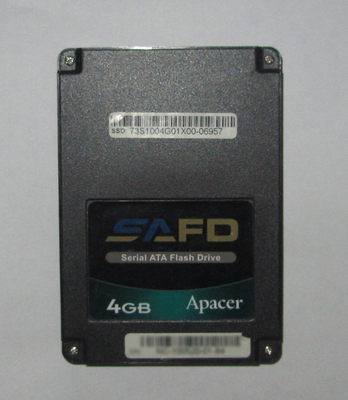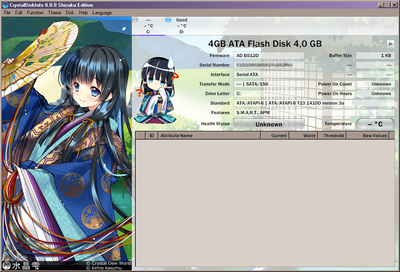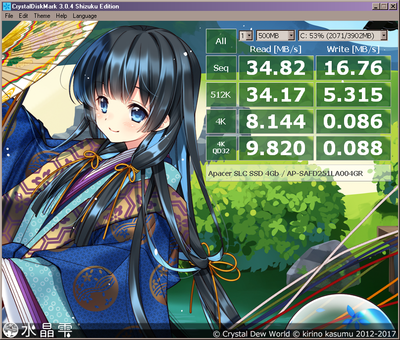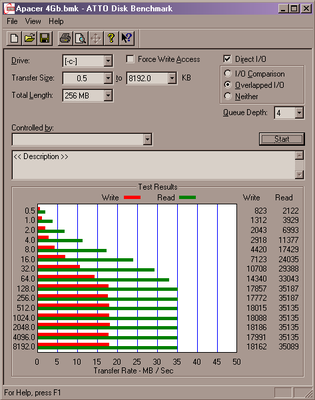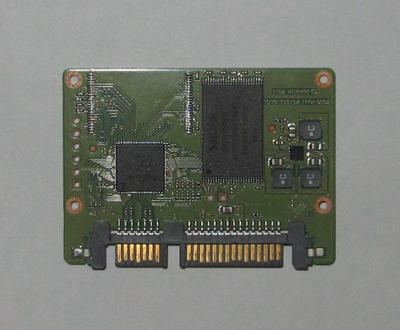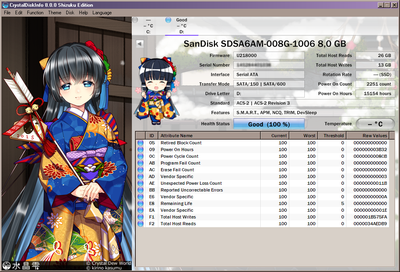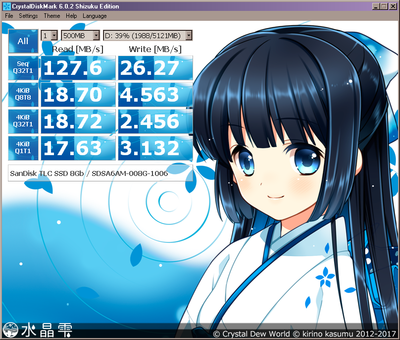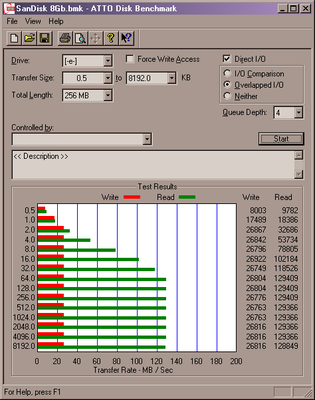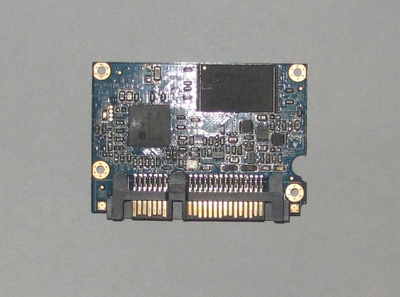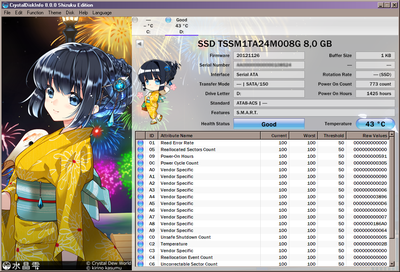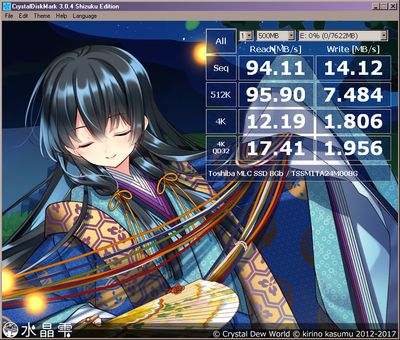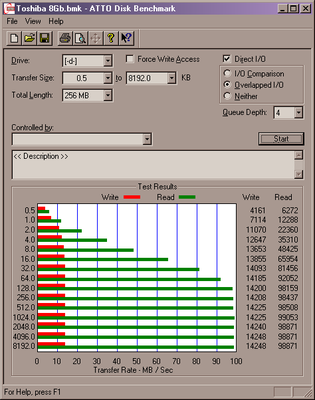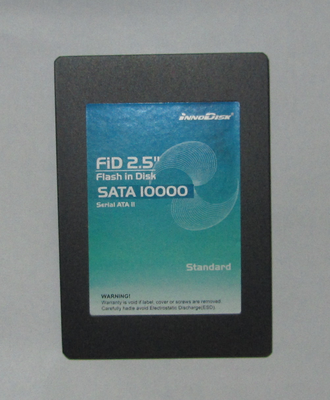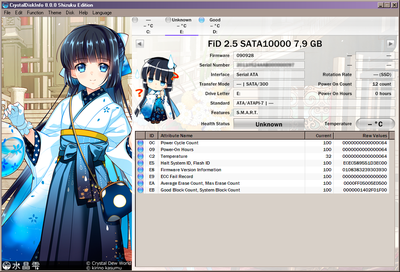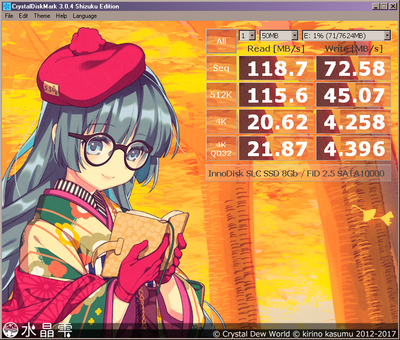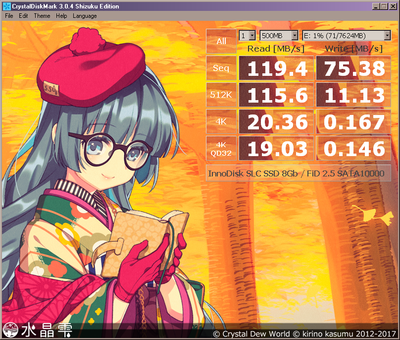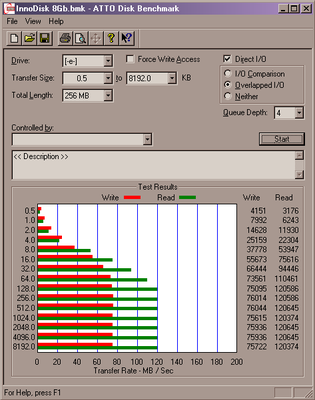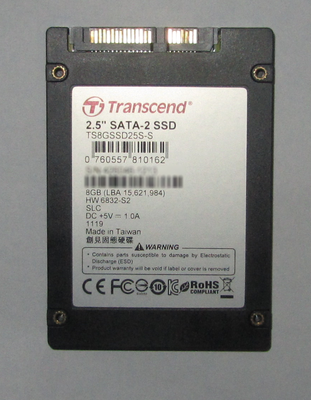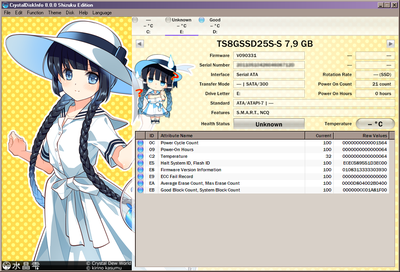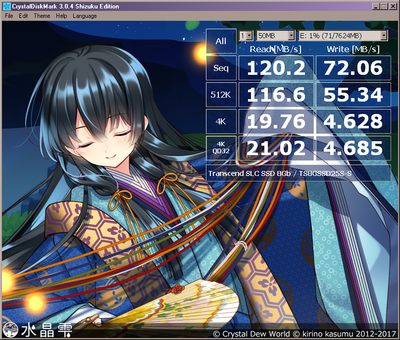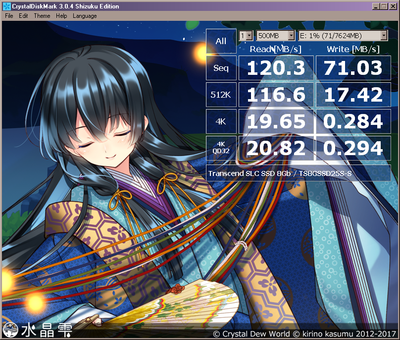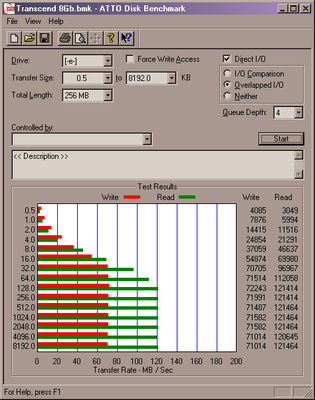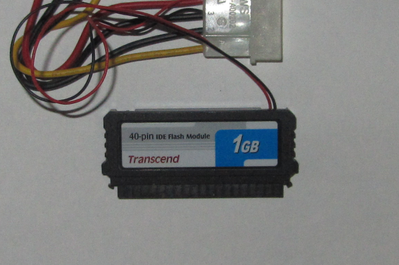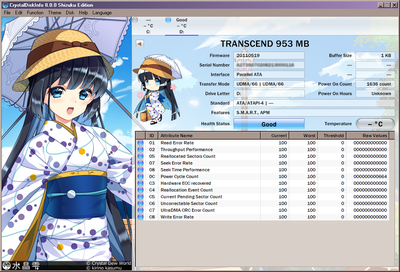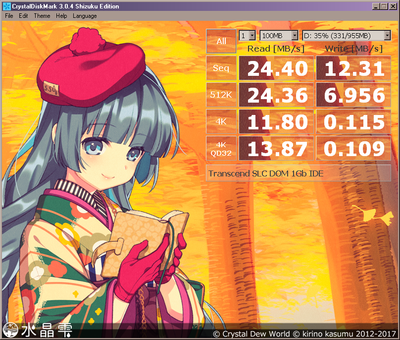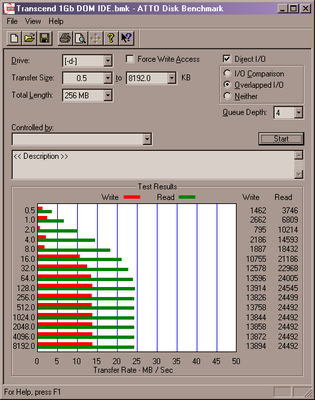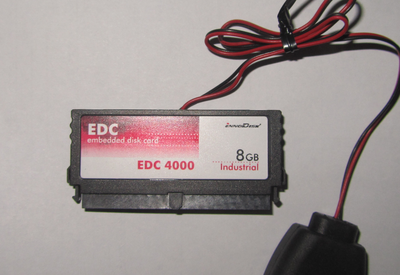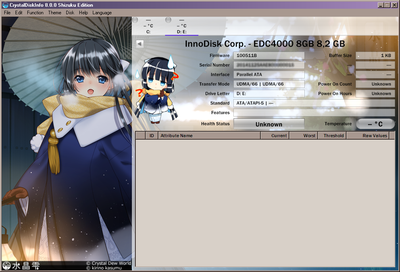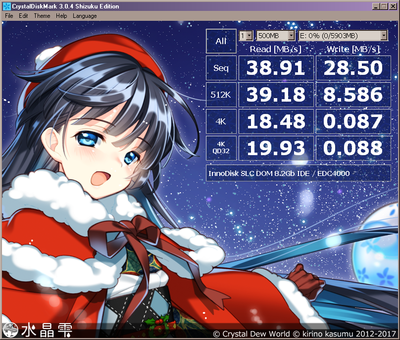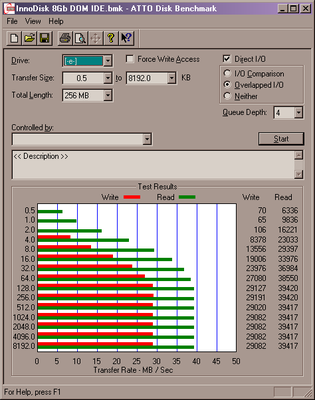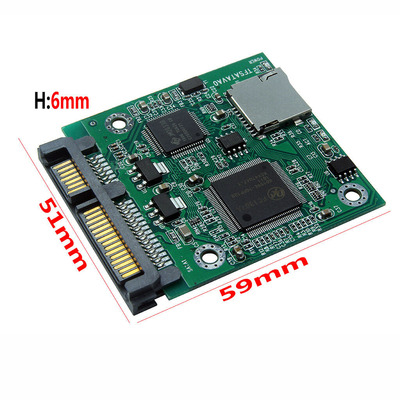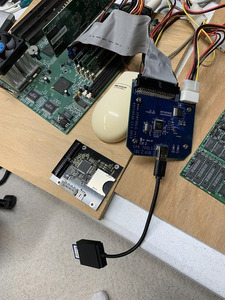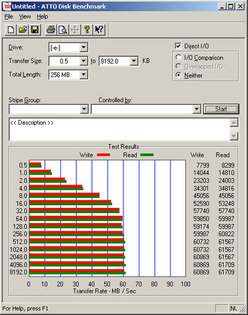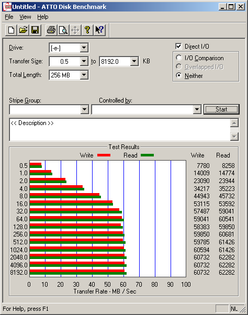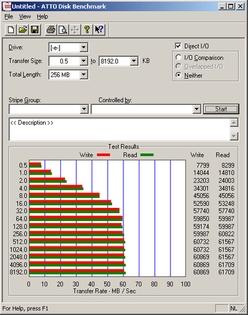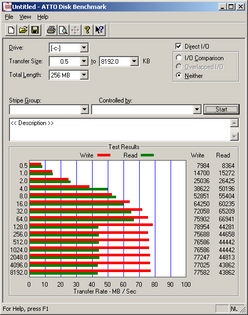I'm putting together a spreadsheet of my results.
I have been benchmarking with ATTO under Win98SE.
[*] Is it worth looking at a DOS benchmark?
[*] I'd like to eventually bench mark something real-world I/O bound like boot time or scripted install time.
I selected 2 motherboards to bench with right now:
[*] Gateway BAT4IP3 (420EX) w/ Amd 5x86-WB 133+ (Bios supports 2GB drives, but turns to stone if it sees > 2GB, EZ overlay works with 2GB config if I keep the partitions under 8GB, gotta get a better bios )
[*] P5I430TX TITANIUM IB+ w/ Cyrix MII 300+ ( Rev J bios supports up to 128GB, love it)
[*] Loving scripted install under win98se.
[*] Keeping those Roms shadowed
I can add results from a 386sx20, 486dx33VLB and a Celeron 800, but my testing desk only has space for 2 setups right now and getting those things stable takes time.
I'm testing where I can with these IDE controllers --
[*]Barebones ISA IDE that came with a CD ROM - I call it "the Gimp". Might be 0.75" tall. More like a shim than a card.
[*]Paradise 100TX2 (Doesn't detect drives on my 486 motherboards)
[*]Matrox 150 ( Looks like a Paradise 150Tx2 but with different bios, locks up on boot with my 486 motherboards)
I have a couple IDE controllers I hope to get to but --
[*]XT IDE - Have to take some time to get the jumpers & bios right so it works on AT class
[*]VIA Raid - has no bios / software won't mount single drives / but has great ATA matrix info & Smart reporting
[*]Adaptect Ultra 66 -( ASH-133 w/ SIIG Chipset ) - I have not had this work anywhere yet. I should try it in the 440BX board or return it soon
[*]Promise ATA33Ultra - Should arrive this week along with the last DOM
[*]SIIG SATA 150 - Currently in a working 440BX box but it is SATA only and i'm not testing that many Sata devices
I have a pile of drives to benchmark, from a 1993 Quantum Prodrive (Came back to life after a lot of prodding) to a Crucial M4 SSD
[*]Have not been able to get a 44pin laptop module to recognize yet, pins are not labeled, may have fried it by getting pin 1 wrong. At least it was really cheap.
[*]Had to get out a freedos boot disk to partition the 256GB SSD. Win98SE FDISK did not like it. 0% .. 0% .. 0% .... 20 mins later .. 1%
I'm collecting these data points:
[*]Motherboard/CPU
[*]Controller
[*]Drive
[*]ATA / UDMA Levels
[*]Read/write ATTO timings
Once I'm don't bench marking:
[*]I'll play with ATA secure erase to see if I can show that it helps DOMs/SDs or CFs.
[*]I'll crack open the DOMs to get controller info
The biggest things I've noted so far are:
[*]Compatibility is a lot harder than I expected for new drive & a 15 year old controllers in 25 year old motherboards
[*]Probably the most important thing for good performance is getting the proper ATA/UDMA/Multiword negotiation. This can be tricky. I can give hints what I want in the bios, but what gets negotiated can be different.
[*]All of the SD cards I've used have been limited by the speed of the IDE/SD adapter (Single word UDMA 5) . Need to dig up some older SD to find something that is SD limited
[*]An old 6.4 GB Quantum Fireball EX holds its own against the small DOMS, IDE/SD and CF adapters because of the 512K onboard cache. Wipes the floor with them on large transfers because it negotiates functional multi-word DMA.
